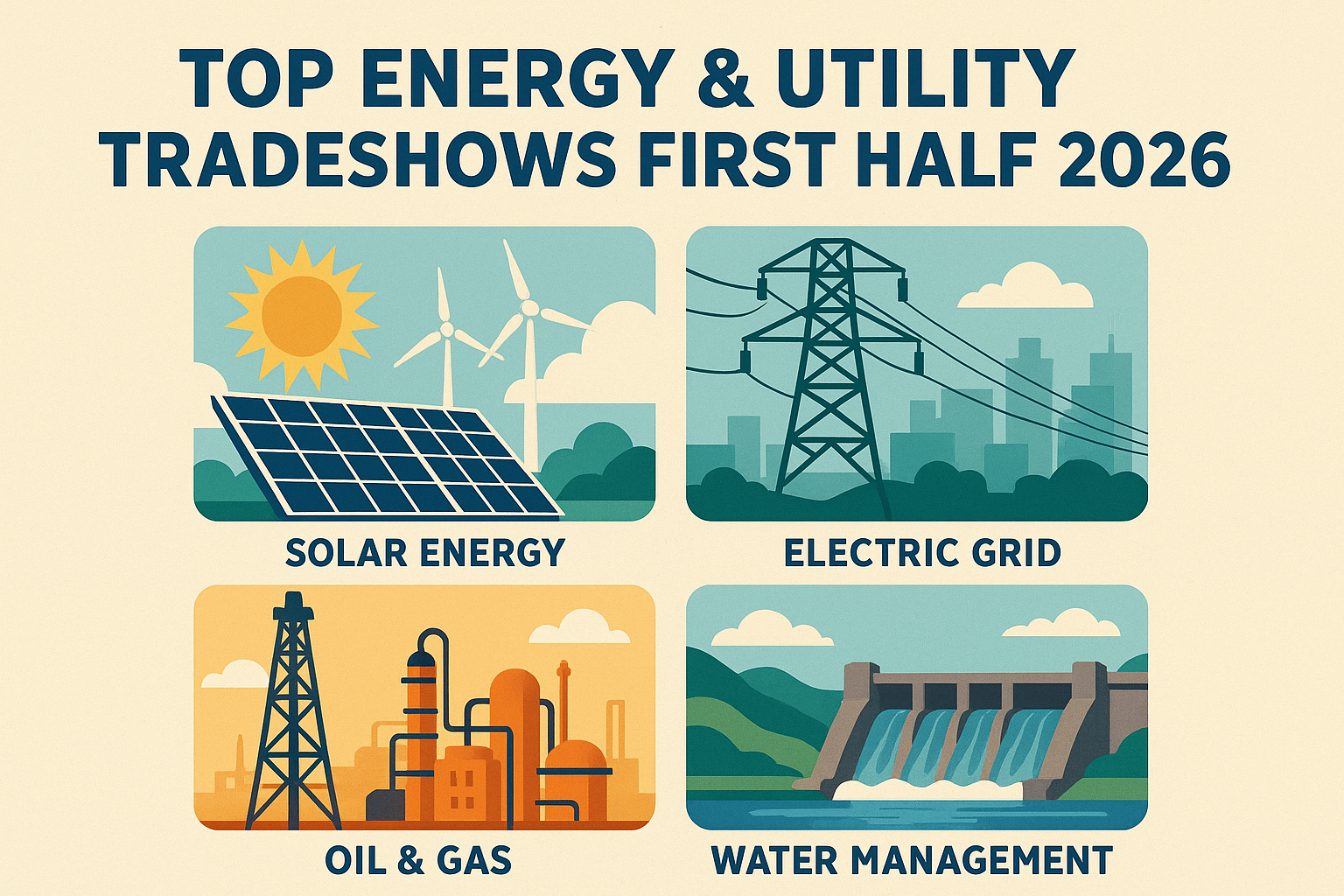Forget the wild goose chase of elusive leads; the real treasure trove of growing your revenue faster and sustainably lies within your CRM: your existing accounts.
With existing customers, you’ve already built trust and familiarity. Depending on how well and regularly you communicate with them, they know the value you currently bring and probably what more you potentially can.
As an AM (or sometimes AE), while that sounds like a situation ripe for “farming,” a lot hinges on how well you know your accounts. We all know that bombarding them with upsells six months after their purchase isn’t the path to riches. Identifying the right time and right opportunities requires the same focus you need for new customers.
So, the first question to ask ourselves is—how well do we know our customers? Is our CRM data about them up-to-date and of good quality?

From our experience, we often see insufficient account information, which means we don’t know what is happening at the customer’s end. We tend to rely on the occasional Quarterly Business Reviews (QBRs), but that often depends on how much the customer wants to share, the trust built with them, and much more.
However, you need to know their upcoming projects, strategic initiatives, direction, investment areas, and more to build meaningful conversations and expand opportunities with your customers. That being said, not every action of the customer, even if on your website, is a signal.

Tracking the right signals
Whether buying more licenses, expanding the scope, or whatever the purchase is, the customer does so due to an intrinsic or extrinsic motivation. A real-life example could be someone buying a shoe because they’re joining a gym. They buy it because the gym doesn’t allow streetwear inside. Not having a shoe for the gym is a hurdle between the person’s fitness goals and the gym. They didn’t buy a shoe because they wanted it; they bought it because it was a requirement at the gym.
Understanding the motivations behind the purchase can tip you off on whether an upsell benefits the customer. In addition, you should always discuss with your customer their goals. What do they hope to accomplish with their new product or service? Why are they choosing this model over another? Having them answer such questions can not just give you a good sense of what might be a good option for an upsell, but also give you a great sense of when that opportunity is likely to emerge.
The key is finding the ones who’ll benefit and get excited about it. Think of it like recommending a delicious new dish – you wouldn’t shove it down the throat of someone who’s perfectly happy with a bowl of soup.
Using the right signals, insights and triggers dramatically increase the success probability of your upsell / expansion / growth opportunity with an existing customer
At B2Brain, based on our experience working with customers from various industries, here are some recurring signals that have led them towards account expansion and upsell opportunities with their customers.
Signal 1: Mergers & Acquisitions (M&A)
Imagine this scenario where one of your accounts is all set to acquire a company. It presents an incredible opportunity to serve them, but only if you are on top of what’s happening and are aligning your offerings with their goals. But how do you track several such signals for all the accounts you manage at scale?
This is where B2Brain does all the work under the hood. Its machine-learning algorithms ingest information from multiple data sources relevant to all your target accounts, such as news, blogs, articles, financial reports, social media, etc. It thus helps you uncover a wide range of trigger events, strategic shifts, and changes within those target accounts. It gives you a report on those accounts, prioritizing them based on their buying intent.
Now, let’s see how it works in the case of an M&A.
Let’s say Eli Lilly is one of your existing customer accounts. B2Brain automatically runs research across multiple sources and lets you know they’re about to acquire Mablink, a French biotech company. And that insight is backed up by a verifiable source. While a salesperson spends an average of one day a week researching their accounts, this saves time, and the information is reliable, too.
More importantly, with “Talking Points,” you also get an outline of what the right pitch at this point would be and who could be the potential points of contact.

Multithreading within your existing accounts is often underrated, and having a list of relevant contacts always helps. For starters, multithreading refers to building multiple relationships within one customer account. It means proactively seeking out new relationships within a budget, outside of the buying committee for the current project, so that you always stay on top of various initiatives that you can potentially help and expand revenue opportunities with them.
Let’s look at one such additional signal within the same account.
Signal 2: Investment, find raises and finance
Most companies don’t face one challenge at a time. They usually have multiple competing projects that someone needs to prioritize at any time. This means that once your product is in place and solving an existing challenge, your customer will have time to tackle other items on their list.
Although your focus should be on the specific solution you are helping your customer, having a broader context always helps. More than one signal will spread across different departments, especially when working with large corporations. While one department is involved in an acquisition, the company may also invest in expanding operations in a new region.
And that might open doors and unlock additional growth opportunities. You only need to get the right insights about your accounts in time. Suppose you can get it right within your CRM and sales engagement tools; nothing like it. Timely context is king!

Next, let’s look at a signal that can help you be proactive and position yourself as a reliable partner to your account’s new initiatives.
Signal 3: Company plans and strategic shifts
Any time one of your accounts is gearing up for a significant change in strategy—introducing a new product line or extending their technology to potential partners, you need to be ready. While your existing healthy relationship might give you an edge over others, having a deep understanding of the direction the company is headed and the right solution that might help them get there will allow you to be seen as a trusted partner.
Suppose you can generate a report to understand what’s happening with your engaged accounts and find that one of your biggest accounts is planning a strategic shift.

Let’s imagine that the account is AGCO Corporation, and they are about to license their technology to potential partners. It would help if you were proactive to understand that while they’re taking a big bet, they’ll need efficient process management, where a solution like yours has proven expertise. Also, given your established relationship with AGCO, you can make early in-roads.

Signals may sometimes come in the form of strategic leadership hiring. More often than not, when a customer hires a new CEO, it comes with new but specific initiatives, that can be a potential opportunity if it aligns with what you solve for.

Insights + process = sustainable revenue
While we saw some of the critical signals that help you unlock growth opportunities, there are a lot more signals that you might want to track. We will be sharing more such signals in subsequent blog posts. But tools are only one part of the problem.
We would always add that you must put aside time to reflect on your selling process, landing accounts, and expanding them. Like, “Did I rush them too much?” or “Maybe I should have explained the benefits more?” That’s where the magic of reflection comes in! Take a moment after each sale to rewind and replay the good, the bad, and the”woulda-coulda-shoulda”.
Ask yourself: Did my communication flow like smooth jazz, or was it a bumpy car ride? Did I offer a clear roadmap to success or leave them feeling lost in the jungle? Did I push so hard that I accidentally turned them into a runaway train?
These questions and a careful record of the process can help you build a more efficient and effective account management, along with the signals B2Brain provides you. Want to explore more such? Set up for a free trial
Keep growing!




